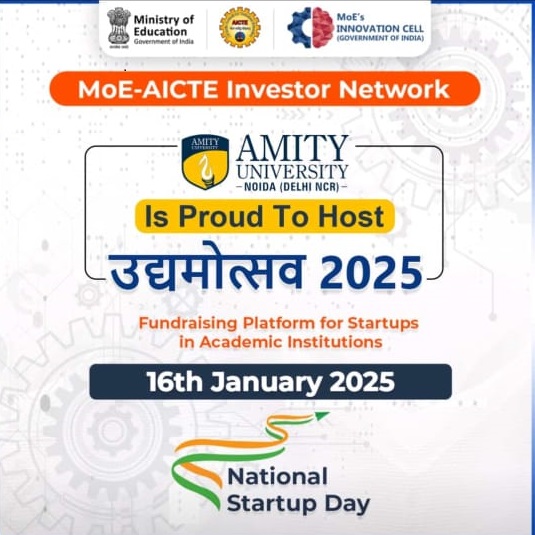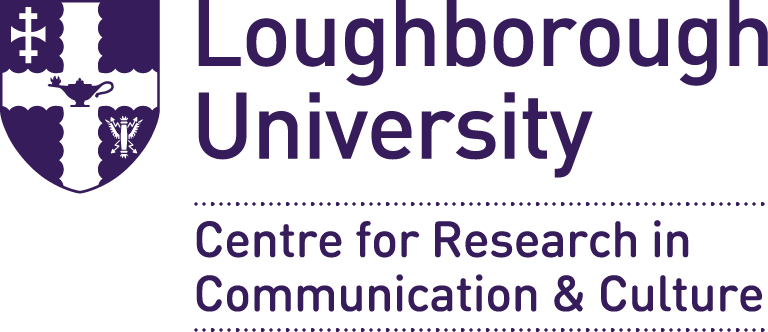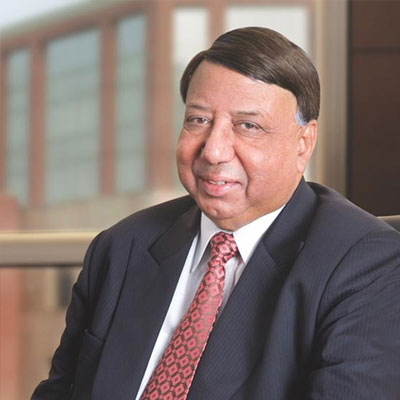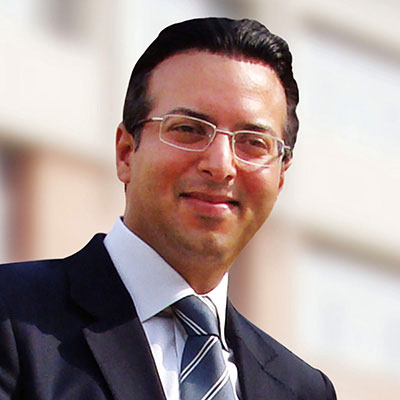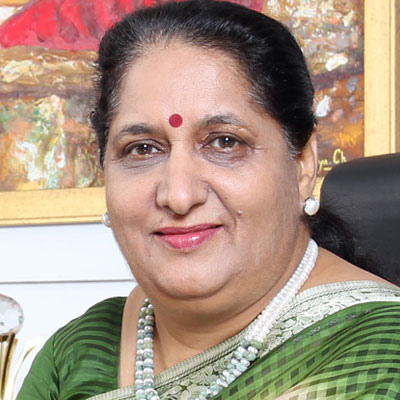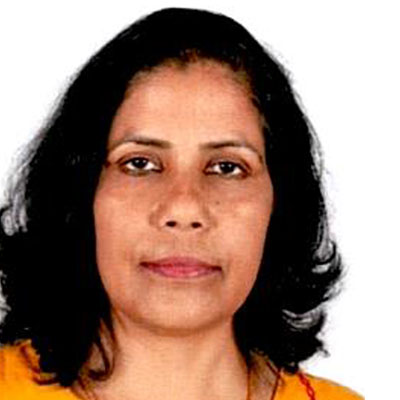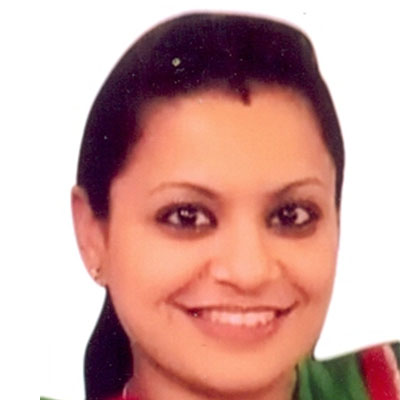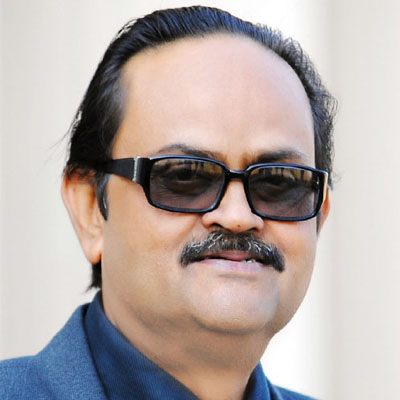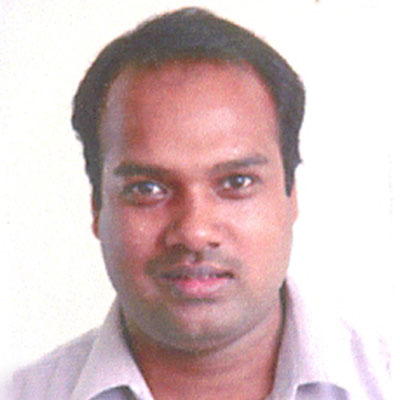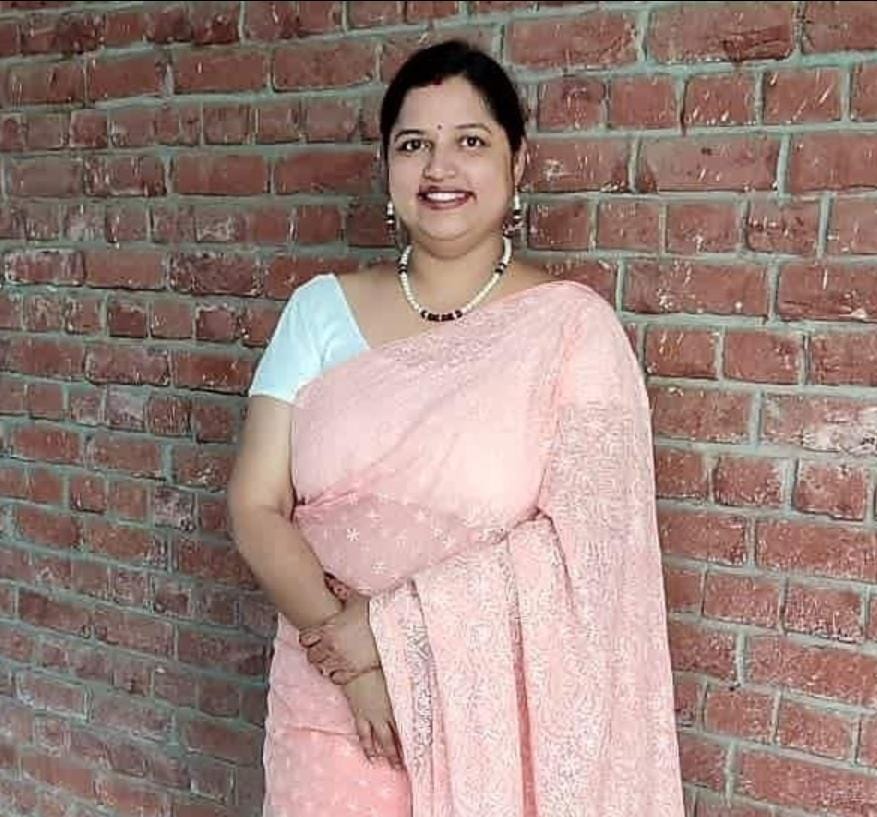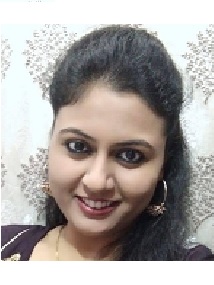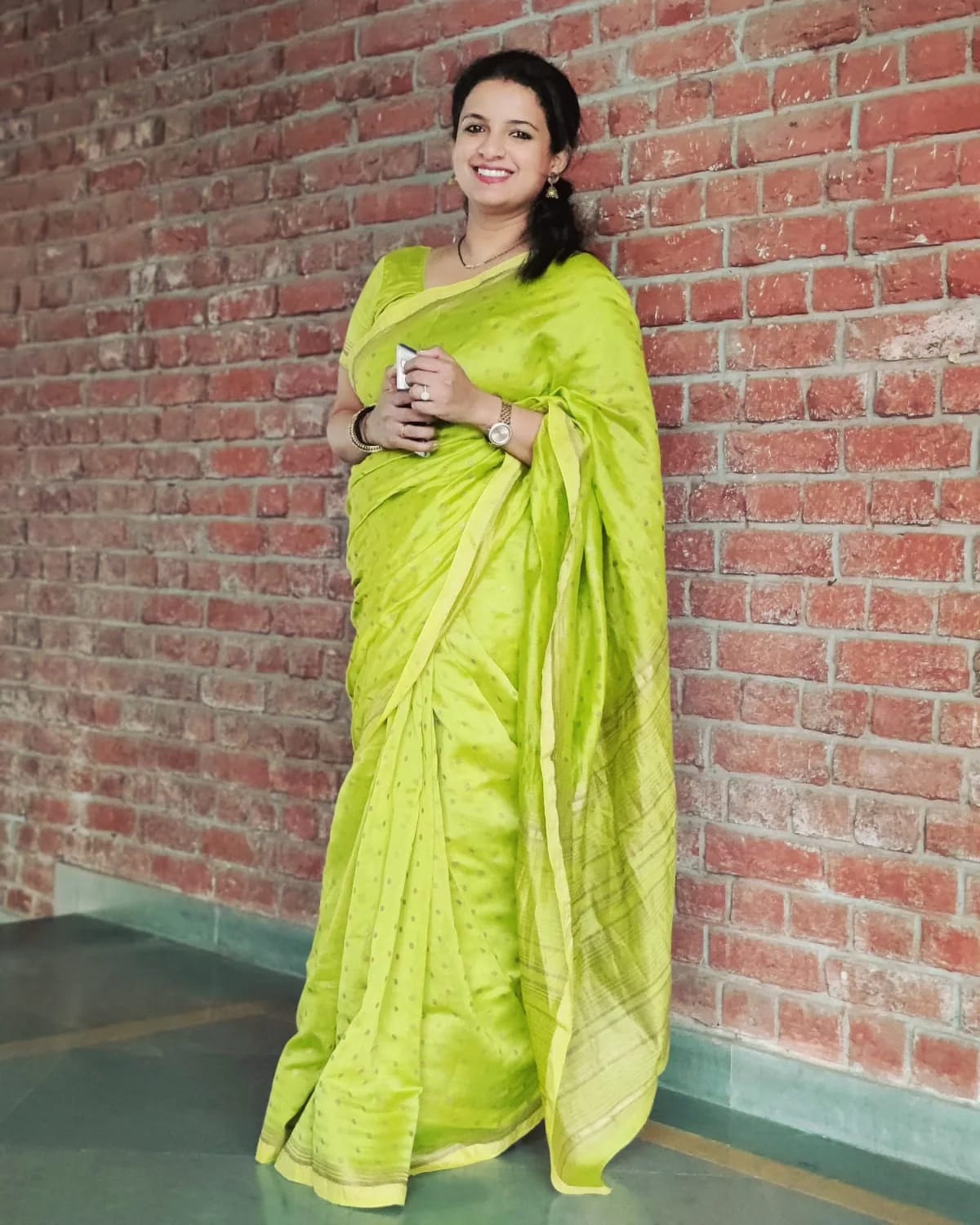The emergence of AI-driven algorithms has further enhanced user engagement by curating personalized content feeds based on user behavior and preferences. Streaming platforms like Netflix, Spotify, and Amazon Prime use predictive algorithms to recommend content tailored to each individual, blurring the lines between traditional broadcast and on-demand entertainment. These technologies enable media companies to cater to niche audiences with precision, expanding the range of available content and creating hyper-targeted communication strategies.
Moreover, technologies like virtual reality (VR) and augmented reality (AR) are transforming the way users experience media. Immersive storytelling through VR, interactive advertising, and AR- based games are just a few examples of how media consumption is evolving. These innovations provide audiences with new ways to engage with narratives, allowing them to participate in virtual worlds and explore digital spaces in unprecedented ways.
Societal Impact of Media-Tech Integration
As media technologies continue to evolve, they are reshaping societal structures by influencing the way people communicate, form communities, and engage with information. Digital platforms have become the primary arena for public discourse, enabling instant communication across borders and amplifying diverse voices that were previously marginalized in traditional media. This has fostered the rise of citizen journalism, where individuals report and share news through social media, often challenging mainstream media narratives. Movements such as #MeToo and Black Lives Matter gained traction and global visibility through social media platforms, showcasing the power of digital media in mobilizing social change.
However, the societal impact of these technologies is not without its challenges. The increasing reliance on algorithms to curate content can lead to echo chambers and filter bubbles, where users are exposed only to information that reinforces their existing beliefs. This has contributed to the polarization of public discourse and the spread of misinformation and fake news, as false narratives are amplified by algorithms designed to prioritize engagement over accuracy. Platforms like Facebook and YouTube have faced criticism for their role in the dissemination of harmful content, raising questions about the ethical responsibilities of tech companies in shaping public opinion.
Another societal concern is the impact of data surveillance and privacy. Media platforms collect vast amounts of user data to enhance personalization, but this has led to growing fears about data security and privacy violations. Incidents like the Cambridge Analytica scandal, where personal data was used to influence political outcomes, have highlighted the risks associated with data harvesting and algorithmic manipulation. As media platforms become more integrated into daily life, the balance between personalization and privacy becomes an increasingly pressing issue.
Ethical Challenges in the Digital World
The rapid development of media technologies has also brought ethical dilemmas to the forefront. The creation of deepfakes—synthetic media that use AI to manipulate video and audio content— presents a new challenge to the authenticity of information. Deepfakes have the potential to spread disinformation by fabricating the appearance of real events or statements, eroding public trust in media. In the political sphere, this can have grave consequences, leading to confusion, manipulation, and potential electoral interference.
Furthermore, the issue of algorithmic bias has emerged as a critical concern. AI systems are often trained on datasets that reflect historical biases, which can lead to discriminatory outcomes in media content delivery. For example, facial recognition algorithms have been shown to misidentify people of color at a disproportionately high rate, raising questions about the fairness and inclusivity
of AI-driven technologies. These biases can perpetuate existing inequalities in media representation, limiting diversity and reinforcing harmful stereotypes.
Additionally, the rise of automation in journalism—where AI is used to write news articles, reports, or generate video content—raises questions about the future of human labor in media. As AI technologies become more capable of performing tasks traditionally carried out by journalists, content creators, and media professionals, there are concerns about job displacement and the role of human creativity in an increasingly automated media landscape.
The Future of Human Engagement in a Digital World
As technology continues to reshape the media ecosystem, it is essential to consider how these changes will affect human engagement in a digital world. On the one hand, media technologies offer opportunities for more inclusive and participatory forms of communication, giving individuals unprecedented control over the content they consume and create. On the other hand, the increasingly algorithmic nature of media platforms raises concerns about how individuals interact with information and how these interactions shape their understanding of the world.
The future of human engagement in media will likely be defined by a tension between empowerment and control. While technology enables new forms of expression and connection, it also creates environments where individuals are constantly monitored, influenced, and commodified. The challenge for media companies, technologists, policymakers, and society at large is to ensure that the benefits of these advancements are realized without compromising ethical principles, privacy rights, or societal cohesion.
In conclusion, the intersection of media, technology, and society offers exciting possibilities for the future of communication, but it also necessitates careful reflection on the ethical, social, and cultural consequences of these innovations. As we move further into the digital age, it is essential to develop frameworks that foster responsible media practices, protect individual rights, and ensure that media technologies contribute to a more equitable and inclusive society.
This conference, " Tech-Media Synergy: Challenges, Innovations, and the Road Ahead," seeks to explore the dynamic relationships between media technologies and their implications on societal structures, public discourse, cultural shifts, and individual behaviors. By fostering interdisciplinary dialogue, the conference aims to bridge the gaps between academia, industry, policymakers, and society to understand the future trajectory of media and technology’s role in shaping global societies. The interface of scholars across the globe in this conference aims create a discourse that ask critical questions in the context of technical innovations and disruptions in the domain of media and communications.
